Summary
The lake is known for its diverse fish species and breathtaking scenery, making it a popular spot for anglers and outdoor enthusiasts.
The most prominent fish species found in Lofty Lake include rainbow trout, brook trout, and tiger trout. These fish are known for their size and fighting ability, providing anglers with an exciting fishing experience. Other species that can be found in the lake include kokanee salmon, Arctic grayling, and mountain whitefish.
In addition to fishing, visitors to Lofty Lake can enjoy a variety of outdoor activities, including hiking, camping, and wildlife viewing. The Uinta Mountains are home to a wide range of wildlife, including elk, moose, mountain goats, and black bears.
When it comes to fishing tips, anglers are advised to use small lures or flies when fishing in Lofty Lake. The best time to visit is during the summer months from June to September, when the average temperature ranges from 60 to 80 degrees Fahrenheit.
Overall, Lofty Lake is a must-visit destination for anyone looking for a memorable fishing experience in the Uinta Mountains of Utah. With its stunning scenery, diverse fish species, and abundance of outdoor activities, this fishing spot is sure to provide visitors with an unforgettable adventure.
Weather Forecast
Nearby Streamflow Levels
Angling Safety Guidelines
Check local fishing rules, seasons, size limits, and license requirements to ensure legal and sustainable angling.
Handle Fish Responsibly
Use wet hands, minimize air exposure, and release fish gently to improve survival rates when practicing catch-and-release.
Choose the Right Gear
Match your rod, line, and tackle to the species and conditions to increase success and reduce unnecessary harm to fish.
Respect the Waterway
Avoid disturbing habitat, prevent bank erosion, and keep a safe distance from spawning areas to protect ecosystems.
Keep It Clean
Pack out all line, hooks, bait containers, and trash—discarded gear can injure wildlife and degrade waterways.
Related Links
Area Campgrounds
| Location | Reservations | Toilets |
|---|---|---|
 Picturesque
Picturesque
|
||
 Cougar
Cougar
|
||
 Reid's Peak
Reid's Peak
|
||
 Timber Wolf
Timber Wolf
|
||
 Cuberant
Cuberant
|
||
 Elk Meadows
Elk Meadows
|

 Ruth Lake
Ruth Lake
 Castle Lake
Castle Lake
 Butterfly Lake
Butterfly Lake
 Moosehorn
Moosehorn
 Fehr Lake
Fehr Lake
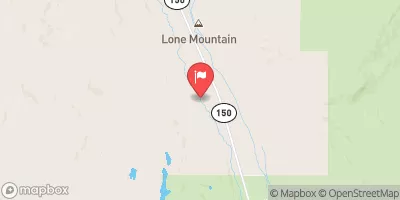
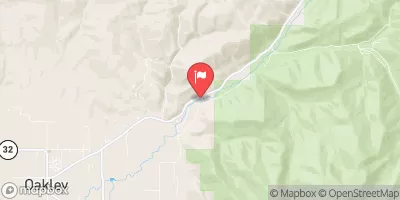
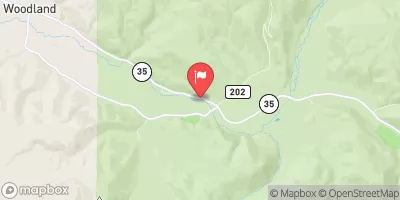
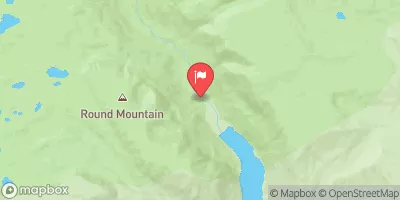
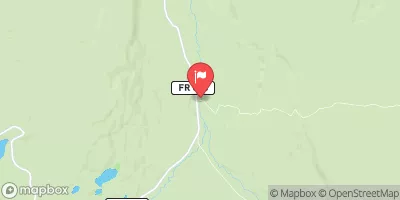
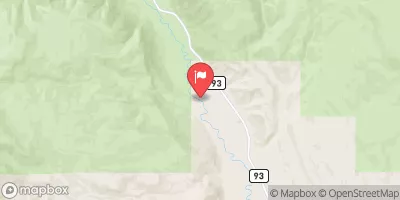
 Cliff Lake (Summit)
Cliff Lake (Summit)